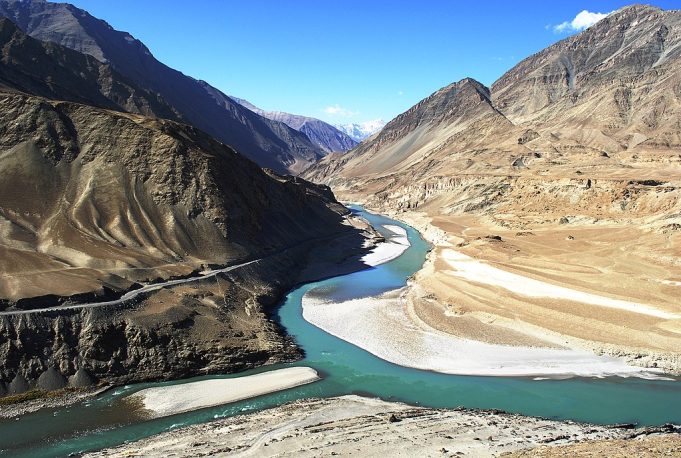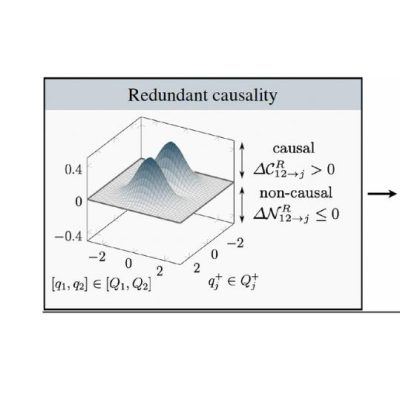
Evolution of system connectivity to support food production in the Indus Basin in Pakistan
Models for informing sustainability interventions in complex adaptive systems involving nature-society interactions are challenging to construct due to lack of detailed, quantitative data on the changing structure of system interactions. Here, MIT researchers develop an approach combining qualitative descriptions of system components and interactions, with network representation for quantitative characterization of system structure. They demonstrate this approach with retrospective and prospective analyses related to food production in Pakistan’s Indus River basin.
Authors: Afreen Siddiqi (lead author), James L. Wescoat Jr. and Noelle E. Selin
Citation: Proceedings of the National Academy of Sciences, April 22, 2024. 121 (18) e2215682121
https://www.pnas.org/doi/abs/10.1073/pnas.2215682121?af=R
Abstract
Sustainability challenges related to food production arise from multiple nature-society interactions occurring over long time periods. Traditional methods of quantitative analysis do not represent long-term changes in the networks of system components, including institutions and knowledge that affect system behavior. Here, we develop an approach to study system structure and evolution by combining a qualitative framework that represents sustainability-relevant human, technological, and environmental components, and their interactions, mediated by knowledge and institutions, with network modeling that enables quantitative metrics. We use this approach to examine the water and food system in the Punjab province of the Indus River Basin in Pakistan, exploring how food production has been sustained, despite high population growth, periodic floods, and frequent political and economic disruptions.
Using network models of five periods spanning 75 y (1947 to 2022), we examine how quantitative metrics of network structure relate to observed sustainability-relevant outcomes and how potential interventions in the system affect these quantitative metrics. We find that the persistent centrality of some and evolving centrality of other key nodes, coupled with the increasing number and length of pathways connecting them, are associated with sustaining food production in the system over time. Our assessment of potential interventions shows that regulating groundwater pumping and phasing out fossil fuels alters network pathways, and helps identify potential vulnerabilities for future food production.

